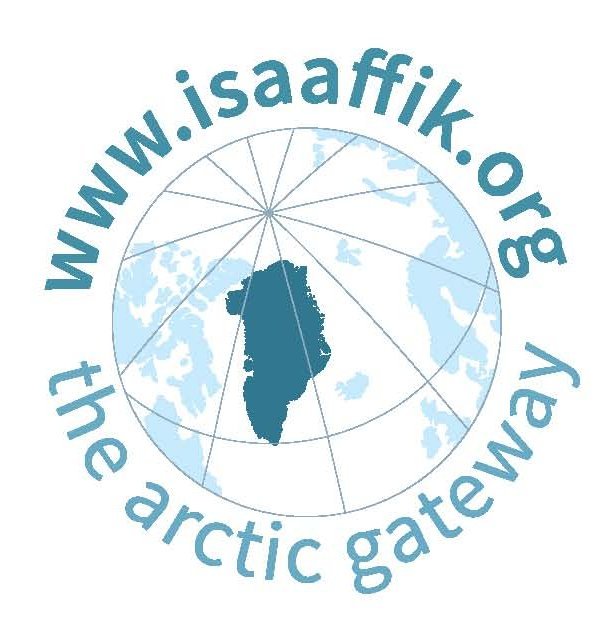Observation Facility Catalogue
The Observation Facility Catalogue has been developed to provide an overview of the observation facilities which collect SIOS data. An observation facility can be one instrument or a collection of instruments, e.g. a weather station, and is a term used by the World Meteorological Organization (WMO). The annotation is standardised following the WMO standards as far as possible, in order to make entries unambiguous and interoperable internationally.
- About OFC
-
The purpose of the catalogue is to make better use of the existing research infrastructure by facilitating the search for given parameters and their location. In this way, duplication can be avoided and new measurements can be co-located with existing ones. The catalogue may also be used to gain a simple overview of collected parameters and how to access the data. The search interface allows users to search for GCMD keywords or to filter by status, type or observatory. The map interface may be used to search in a particular area.
The catalogue was developed by the Norwegian Meteorological Institute, with input from a task force consisting of representatives from the Norwegian Polar Institute and the Alfred Wegener Institute. NySMAC members and RICC gave valuable input on the test version.
- How to add observation facilities
-
To enter data in the Observation Facility Catalogue, you must be logged in and have assigned the role "RI responsible" by the administrator. Please contact the Observing Network Infrastructure Officer to have this role assigned to your account.
SUBMIT DATA TO THE OBSERVATION FACILITY CATALOGUE
More information: How to enter data into the Observation Facility Catalogue (pdf)
- Integration of GIOS infrastructures
-

In addition to the SIOS records, this catalogue has the option to display research infrastructures from the Greenland Integrated Observing System (GIOS). The default view displays only SIOS research infrastructures. To see GIOS research infrastructures, use the menu to the right to filter. Records are fetched from the Isaaffik website.
- How to use the REST Export endpoint
-
The REST endpoint (see the right panel below the filters), can be used to query the catalogue in a machine-readable way. See an example on how to query the json endpoint in this notebook:
| Observation Facility | Variables | Contact | Additional Information |
|---|---|---|---|
| FerryBox | |
Philipp Fischer
Philipp.Fischer@awi.de Alfred Wegener Institute |
Type: sea platform (mobile)
Status: Operational RIS ids: 5742 Site info: Ny-Ålesund (Old Pier) Core data: Yes |
| Flow meter sensor 1 | |
Masaki Uchida
uchida@nipr.ac.jp National Institute for Polar Research |
Type: lake/river platform (fixed)
Status: Operational RIS ids: 3156 Core data: No |
| Flow meter sensor 2 | |
Masaki Uchida
uchida@nipr.ac.jp National Institute for Polar Research |
Type: lake/river platform (fixed)
Status: Operational RIS ids: 3156 Core data: No |
| Fog monitor (FM-120) | |
Makoto Koike
koike@eps.s.u-tokyo.ac.jp National Institute for Polar Research |
Type: land platform (fixed)
Status: Operational RIS ids: 6545 Core data: No |
| Fourier Transfrom Spectrometer | |
Jeong Han Kim
jhkim@kopri.re.kr Korean Polar Research Institute |
Type: land platform (fixed)
Status: Operational Core data: No |
| Frequency microwave radiometer | |
Masataka Shiobara
shio@nipr.ac.jp National Institute for Polar Research |
Type: land platform (fixed)
Status: Closed RIS ids: 6443 Core data: No |
| GNSS Ionospheric scintillation and TEC monitor - Adventdalen | |
Emanuele Pica
emanuele.pica@ingv.it Istituto Nazionale di Geofisica e Vulcanologia (INGV) |
Landing Page: http://eswua.ingv.it/index.php/gnss-scintillation/gnss-real-time-data
Type: land platform (fixed) Status: Operational Site info: SOUSY shelter, Antenna field in Adventdalen Core data: No |
| GNSS Ionospheric scintillation and TEC monitor - Ny-Ålesund | |
Emanuele Pica
emanuele.pica@ingv.it Istituto Nazionale di Geofisica e Vulcanologia (INGV) |
Landing Page: http://eswua.ingv.it/index.php/gnss-scintillation/gnss-real-time-data
Type: land platform (fixed) Status: Operational Core data: No |
| GNSS-IR Monitoring Station - HORSUND | |
Dominik Próchniewicz
dominik.prochniewicz@pw.edu.pl Warsaw University of Technology |
Landing Page: https://crios.pl/
Type: land platform (fixed) Status: Pre-operational RIS ids: 12089 Site info: GNSS monitoring stations for estimation of snow depth value based on interferometric reflectometry method (GNSS-IR). GNSS receiver - geodetic class multi-frequency (L1/L2/L5) and multiconstellation (GPS/Galileo/BeiDou/GLONASS) receiver; GNSS antena - geodetic class precise multiconstellation antenna (Choke Ring type) installed on a metal mast (3 m hight). The installation is permanently attached to the ground and connected with the receiver with a 30 m cable. CRIOS – Cryosphere Integrated Observation Network on Svalbard Project financed from the EEA Financial Mechanism 2014-2021 operated by the National Science Centre in Poland Agreement no. UMO-2022/43/7/ST10/00001 to a predefined project no. 2022/43/7/ST10/00001 Project period: 08.09.2022 - 30.04.2024 (2029) Core data: No |
| GNSS-IR Monitoring Station - LONGYEARBYEN | |
Dominik Próchniewicz
dominik.prochniewicz@pw.edu.pl Warsaw University of Technology |
Landing Page: https://crios.pl/
Type: land platform (fixed) Status: Pre-operational RIS ids: 12089 Site info: GNSS monitoring stations for estimation of snow depth value based on interferometric reflectometry method (GNSS-IR). GNSS receiver - geodetic class multi-frequency (L1/L2/L5) and multiconstellation (GPS/Galileo/BeiDou/GLONASS) receiver; GNSS antena - geodetic class precise multiconstellation antenna (Choke Ring type) installed on a metal mast (3 m hight). The installation is permanently attached to the ground and connected with the receiver with a 30 m cable. CRIOS – Cryosphere Integrated Observation Network on Svalbard Project financed from the EEA Financial Mechanism 2014-2021 operated by the National Science Centre in Poland Agreement no. UMO-2022/43/7/ST10/00001 to a predefined project no. 2022/43/7/ST10/00001 Project period: 08.09.2022 - 30.04.2024 (2029) Core data: No |



























